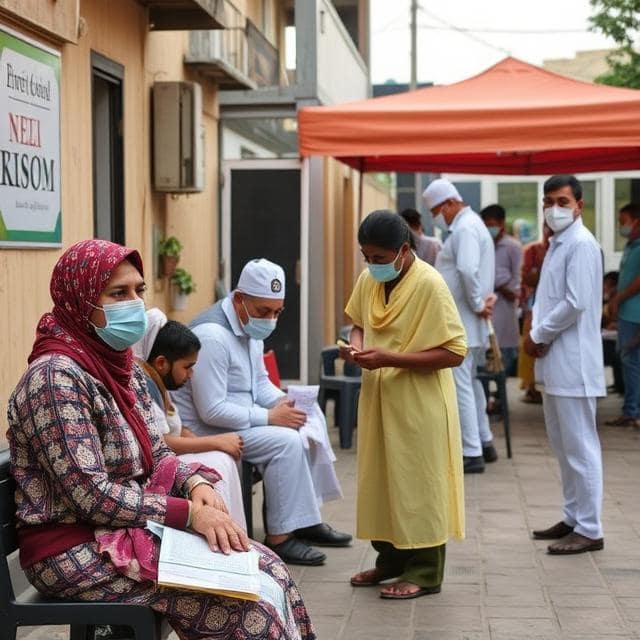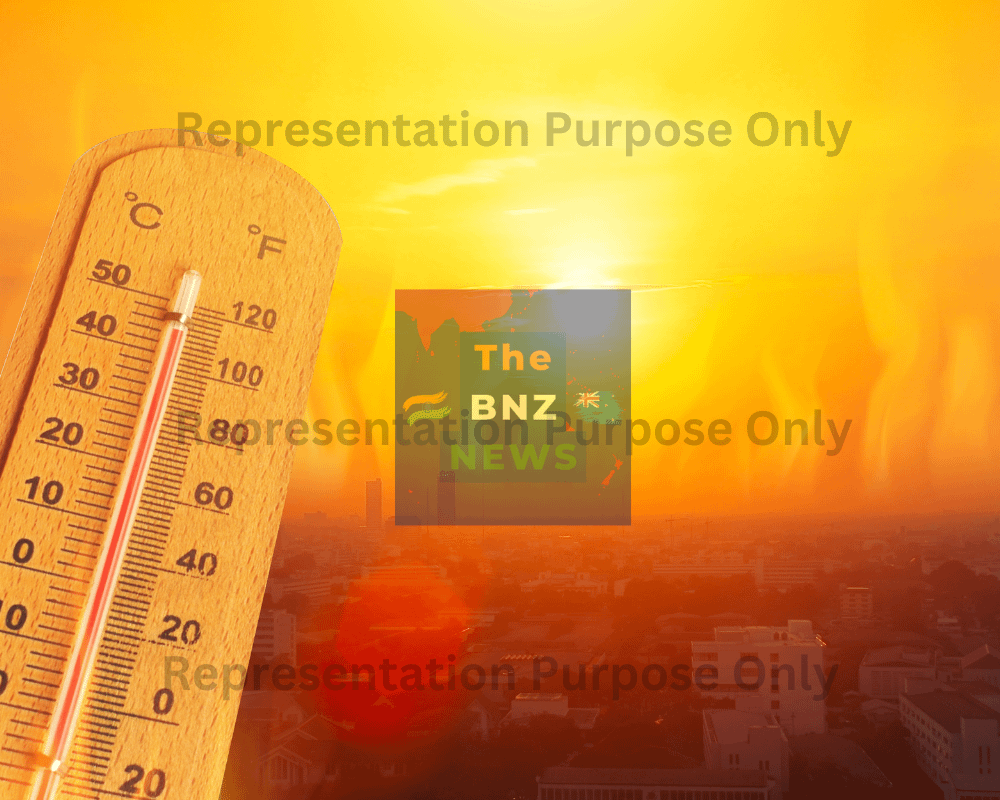One year after the World Health Organisation declared mpox a public health emergency of international concern, the global community continues to grapple with containing the outbreak that has fundamentally reshaped international health security. A year ago, on August 14, 2024, the World Health Organization declared mpox a Public Health Emergency of International Concern. What began as an upsurge in the Democratic Republic of Congo has evolved into a complex global health challenge that has tested international cooperation and revealed critical gaps in pandemic preparedness.
The numbers paint a sobering picture of the outbreak’s trajectory. Over the three years from 1 January 2022 through 31 January 2025, almost 130 000 confirmed cases of mpox, including over 280 deaths, were reported to WHO from 130 countries and territories in all six WHO Regions. The African continent has borne the heaviest burden, with the WHO African Region accounting for 61% of the cases and 72% of the deaths reported globally over the past 12 months.
The Emergency Declaration and Its Aftermath
The initial declaration came after mounting concerns about a new strain of the virus spreading through eastern Democratic Republic of Congo. The upsurge of mpox cases in the DRC is being driven by outbreaks associated with two sub-clades of clade I monkeypox virus (MPXV) – clade Ia and clade Ib. Particularly concerning was the emergence of clade Ib, a new strain of MPXV that emerged in the DRC transmitting between people, presumed via sexual contact, which has been spreading in the eastern part of the country.
The WHO has maintained the emergency status through four separate committee meetings, with the most recent review in June 2025 confirming that the event continues to meet the criteria of a public health emergency of international concern. This persistence underscores the ongoing challenges in containing the outbreak despite sustained global efforts.
Vaccination Efforts Show Promise but Face Obstacles
One of the most significant developments has been the deployment of mpox vaccines across affected regions. As of June 2025, approximately 2.9 million mpox vaccine doses have been distributed across the African continent, the majority to the DRC, which has received about 2.5 million doses. However, implementation has faced considerable hurdles.
The vaccination campaign reveals both progress and persistent challenges. Of these, approximately 600,000 doses have been administered. The remaining 1.9 million doses comprise 1.5 million LC16m8 vaccine doses donated by Japan (not yet deployed as training of health workers is underway) and 367,000 MVA-BN doses. Supply constraints and funding shortages continue to hamper distribution efforts, with a further 349,000 doses secured by the United Nations Children’s Fund (UNICEF) remaining undeployed due to funding shortages.
Regional Impact Varies Across Africa
The outbreak’s impact has varied significantly across the African continent. In the Democratic Republic of Congo, the epicentre of the crisis, recent data suggests a plateauing of cases. In the DRC, the number of mpox cases is plateauing, with a significant decrease in positivity rate, further corroborating the declining trends.
Neighbouring countries have experienced different trajectories. In Burundi, a steady decline in incidence of mpox cases has been observed since late 2024. However, in Kenya, although the number of mpox cases remains low, recent data suggest an upward trend. This variability highlights the complex nature of containing cross-border transmission and the need for tailored response strategies.
Funding Challenges Threaten Response Sustainability
Financial constraints have emerged as a critical bottleneck in the global response. The WHO initially appealed for funding through its emergency appeal, but political developments have complicated resource mobilisation. The contribution from the United States had accounted for 33% of the funds raised, of which US$ 7.5 million is currently inaccessible due to the freeze of funds from the United States.
This funding uncertainty has forced humanitarian organisations to reassess their strategies and explore alternative financing mechanisms. The situation underscores the vulnerability of global health responses to political decisions and the need for more stable, diversified funding sources for international health emergencies.
Evolving Surveillance and Response Strategies
Public health experts have emphasised that the true scope of the outbreak may be significantly underestimated. “What we’re seeing is tip of the iceberg” because of weaknesses in the surveillance system, says Dr. Dimie Ogoina, chair of the WHO’s emergency committee. This acknowledgment has prompted efforts to strengthen surveillance systems across affected regions.
The response has also evolved to address the complex transmission dynamics observed throughout the outbreak. Strategies for the use of mpox vaccine have evolved in response to supply constraints and emerging epidemiological trends. Health authorities have implemented targeted vaccination approaches focusing on high-risk populations and outbreak hotspots.
Summary
As the mpox emergency enters its second year, the international community faces ongoing challenges in maintaining effective response efforts. While vaccination programmes show promise and some regions report declining case numbers, funding constraints, surveillance gaps, and cross-border transmission continue to complicate containment efforts. The sustained emergency status serves as a reminder that global health security requires consistent international cooperation, adequate funding, and robust health systems capable of responding to evolving threats. The mpox outbreak has become a critical test case for how the world responds to health emergencies in an era of increasing infectious disease threats.






